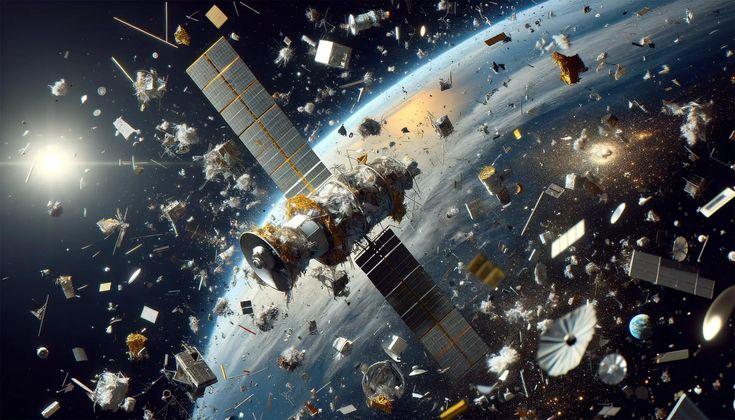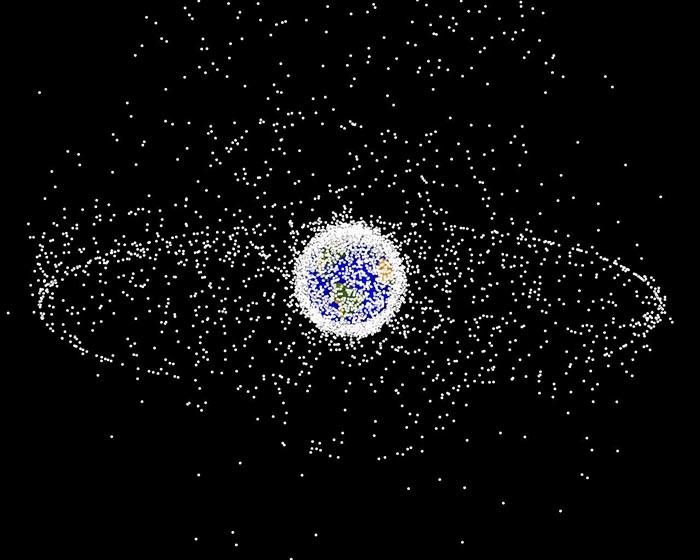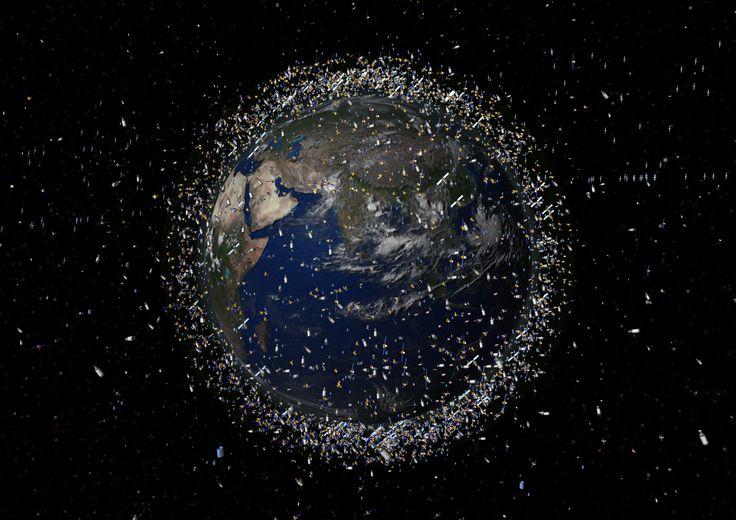Space may seem infinite, but Earth’s orbit is rapidly filling with space waste—non-functional satellites, rocket parts, and debris from past missions. As of 2025, over 36,000 pieces of debris larger than 10 cm are tracked, with millions of smaller fragments floating at speeds up to 28,000 km/h.

- According to recent data from the European Space Agency (ESA), Earth’s orbit is home to a staggering amount of space junk. As of 2025, there are approximately 11,700 active satellites and over 3,200 inactive ones still circling the planet. Beyond satellites, there are an estimated 54,000 large debris pieces (>10 cm), 1.2 million medium-sized fragments (1–10 cm), and a mind-boggling 140 million smaller particles (<1 cm). About 80 tons per year of space debris re-enter Earth’s atmosphere, mostly burning up during descent
- Around 200–400 tracked objects (larger than ~10 cm) re-enter annually. Still, very few fragments reach the ground intact, and only a handful have been discovered
These fragments, though tiny, can cause catastrophic damage to spacecraft and satellites, especially in densely populated Low Earth Orbit (LEO). The chart above illustrates the sheer scale of these threats, emphasizing the urgent need for global space traffic management and active debris removal.

What is next? Each day sees three atmospheric re‑entries of intact satellites or rocket bodies, and fragmentation events continue adding thousands of new objects annually Notably, Intelsat 33e recently shattered into 500+ pieces in GEO
Call to action: To avoid the Kessler syndrome—a runaway debris cascade—we need stricter end-of-life protocols, global traffic coordination, and proactive debris removal.
 |  |  |

Shaurya Tyagi
School of Computer Sciences
UPES

